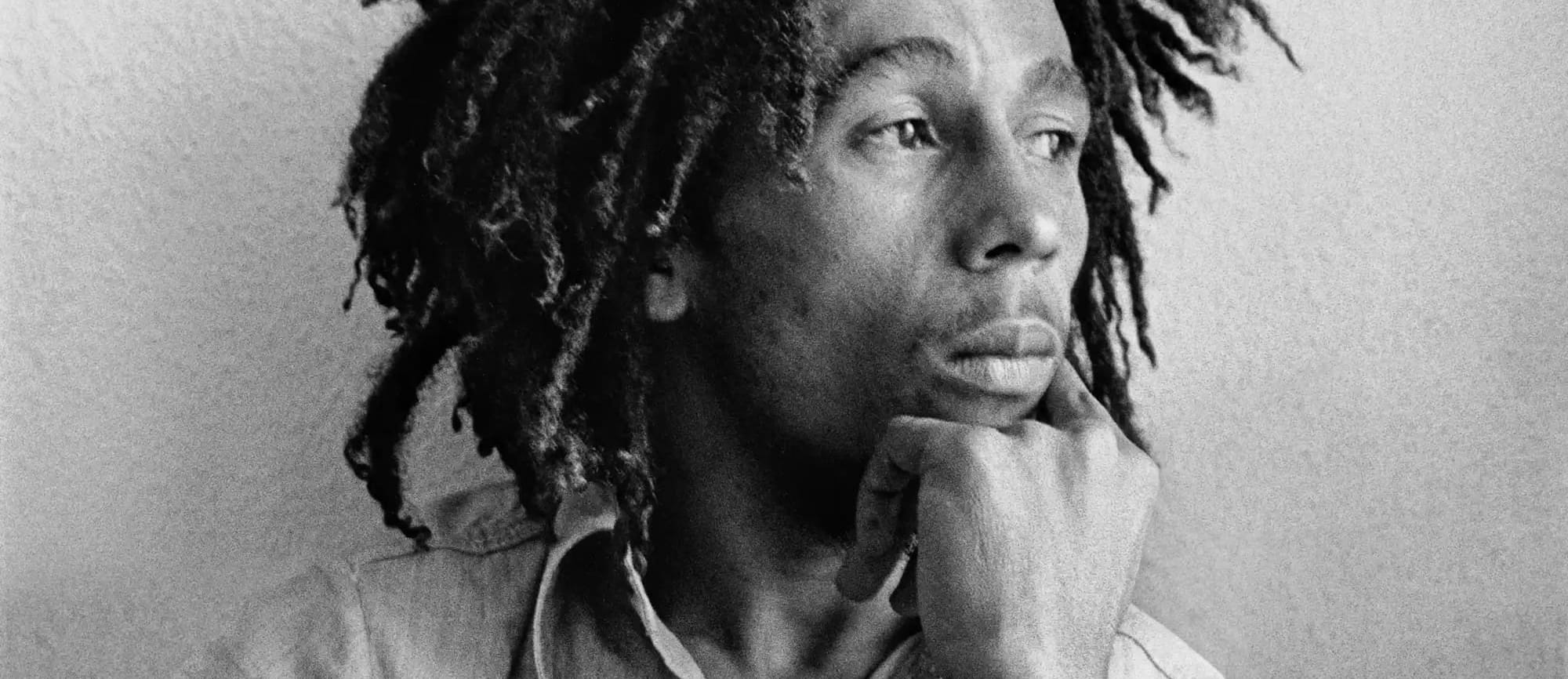"Morris’ work taps into the deep personal connection he had with each of his subjects, a talent which allowed for a truly honest insight into the lives of many, including punk bands such as The Sex Pistols, and reggae legends such as Lee Scratch Perry."
On-stage magic, cover shoots and candid portraits. The power of music photography in capturing the artists and moments which define music's greatest genres, most significant eras, fashions and aesthetics is without doubt immeasurable.
The special relationship between music and photography calls for some reflection on the hands behind the cameras, the celebrated and admired photographers who have led storied careers documenting the world's favourite musicians. Although there are too many names to mention in one sitting, we relish the chance to look back at some of the figures who will forever be cemented in history for their contribution to our visual archives.
At Rough Trade East you will see some of the walls and doors adorned with photos capturing in-store shows past, shot by talented London-based photographer James Potter. You will also find many great photography collections on our store bookshelves and in 2025, they are joined by an exciting addition in the form of photographer Dennis Morris' electrifying new book Music + Life.
To mark the publication of this beautiful new retrospective and in the vain knowledge that no technology will ever truly replace the role of the music photographer, we asked James to examine some of music’s most iconic historical images.
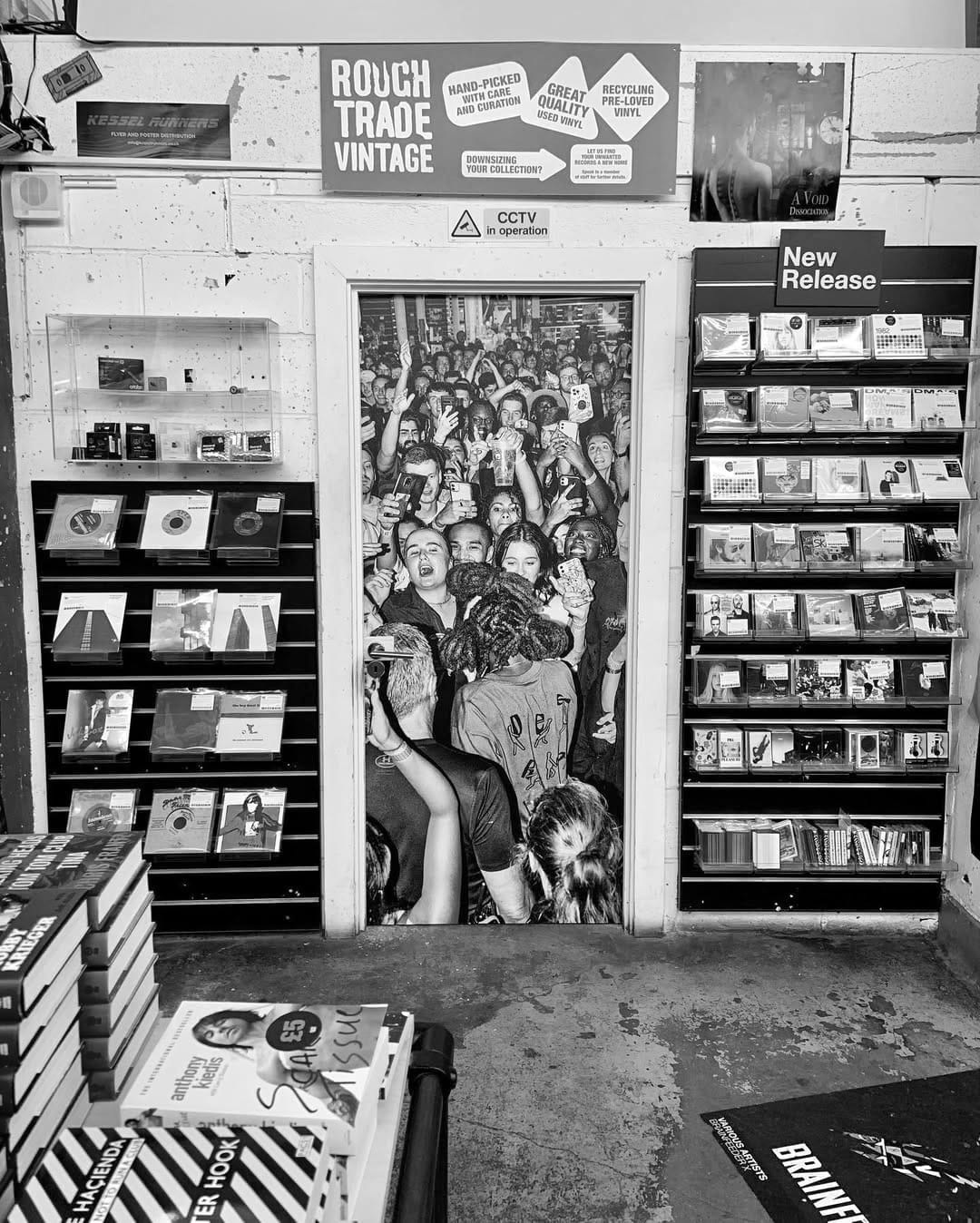
"I’ve been photographing Rough Trade’s live events for over three years now. What started as an excuse to get front-row access to the bands I loved, eventually became a profession I admire very deeply. The portable camera was probably the most significant invention to shake the music industry since the microphone; allowing the preservation of precious moments both on and off-stage, and which allowed fans to connect to the human being behind the lyrics. In today’s world of near-endless visual consumption, it’s easy to overlook the brilliance of the photographers who helped document and define music history.
One of those photographers is Dennis Morris. In his new retrospective, Music + Life, Morris showcases work from his extraordinary career. A lifetime of photography which began as a Black East End schoolboy who found himself on tour with Bob Marley, Morris would become one of the most active photographers documenting the diverse culture of 1970s London. Morris’s work taps into the deep personal connection he had with each of his subjects, a talent which allowed for a truly honest insight into the lives of many, including punk bands such as The Sex Pistols, and reggae legends such as Lee Scratch Perry."
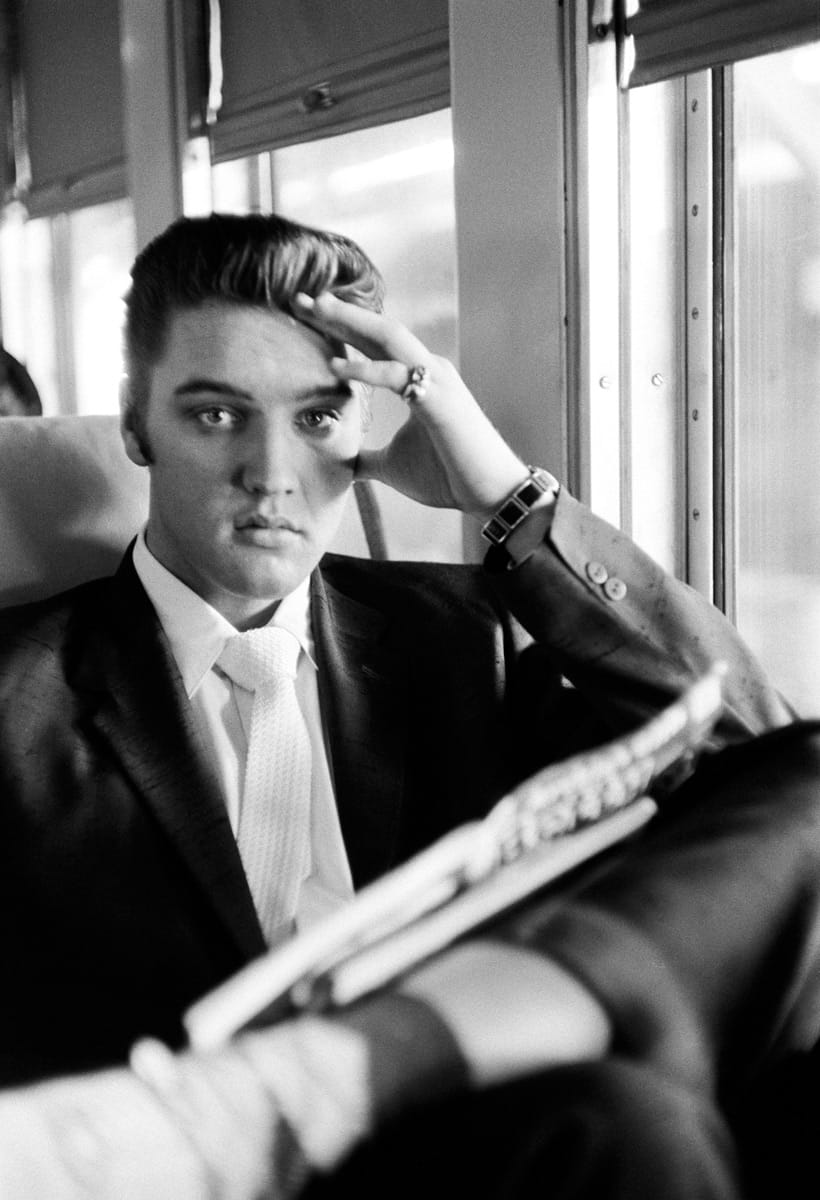
Elvis Presley by Alfred Wertheimer (1956)
By the 1950s, advancements in camera technology allowed photographers like Alfred Wertheimer to capture musicians in a more intimate setting than ever before. Wertheimer’s photos of the King of Rock and Roll are considered a historic view into Elvis’ life off-stage. The candid nature of the photos reveals the man stripped of the god-like status attributed to the singer during his life. Wertheimer’s work laid much of the groundwork for more personal relationships between music photographers and musicians, and gently introduced the public to a profound sense of relatability to celebrities' lives.
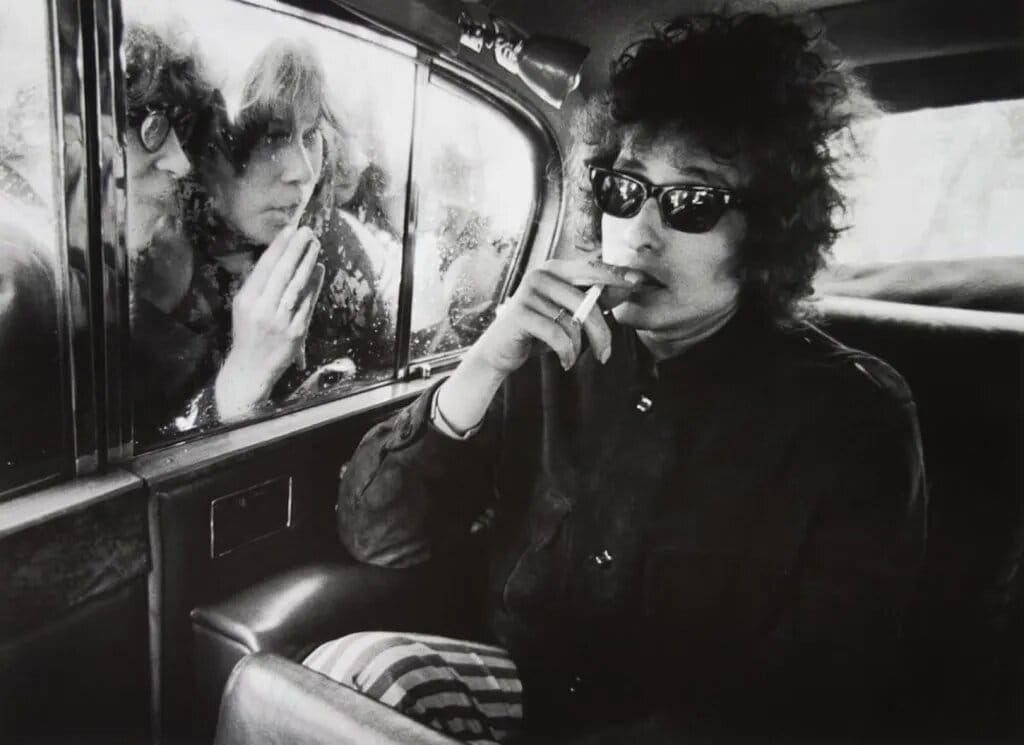
Bob Dylan by Barry Feinstein (1966)
Barry Feinstein took this famous photograph during Dylan’s 1966 World Tour. It shows Dylan with his characteristic look: tousled hair, dark sunglasses, and a cigarette. Dylan’s iconic style would inspire what we think of today as the rock star image. Feinstein’s photographs are incredible for the intimate access he had to stars such as George Harrison and The Rolling Stones. The up-close and personal nature of his work suggests he formed close relationships with his subjects. His photographs left a lasting impact on the documentation of music throughout the latter half of the 20th century. Feinstein passed away in October 2011, leaving behind a legacy of influential photographs and over 500 record sleeves featuring his images.
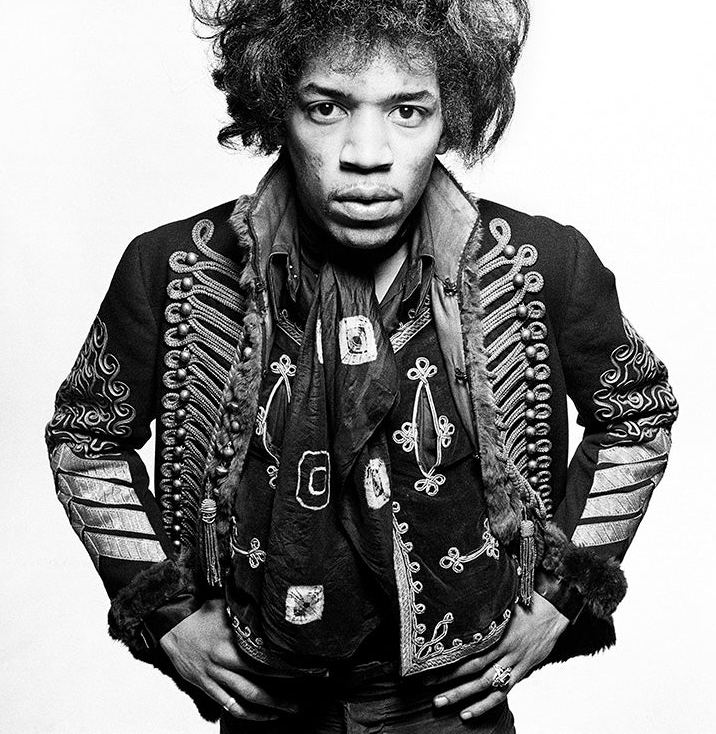
Jimi Hendrix by Gered Mankowitz (1967)
Two years before astronauts brought a Hasselblad camera to the moon, Gered Mankowitz was already using his to capture stars of the '60s right here on Earth. His 1967 images of Jimi Hendrix were among some of the most memorable photos taken in his West End studio. Mankowitz remarks that although deciding to shoot the now-famous pictures in black and white meant they didn’t make it onto any of Hendrix's colourful album sleeves, they’ve since been viewed as some of the most definitive images of the man behind the guitar.
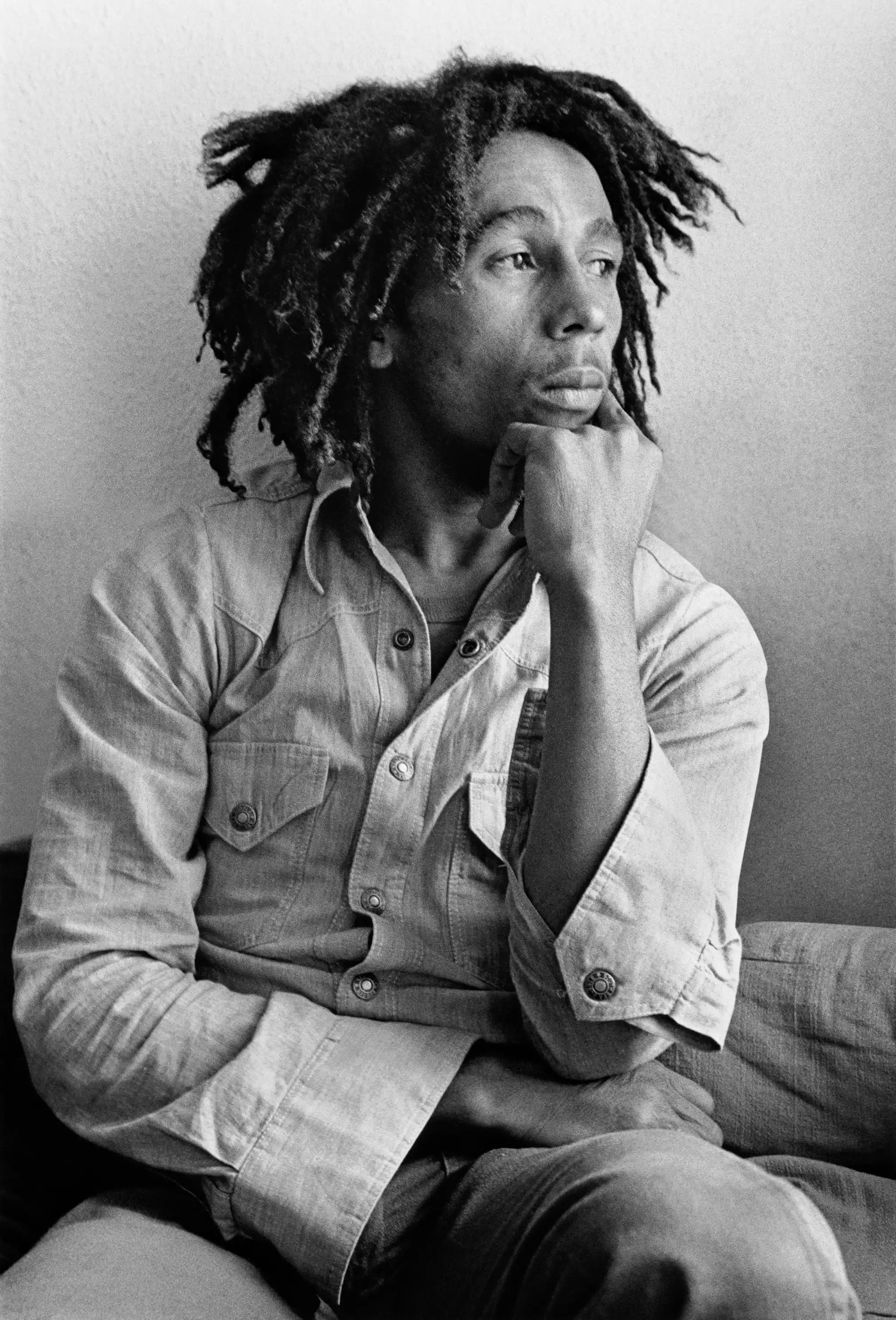
Bob Marley by Dennis Morris (1973)
In 1973, photographer Dennis Morris, then only 16 years old, captured some of the most recognised intimate and iconic portraits of Bob Marley. Morris would go on to document Marley extensively, capturing both his public persona and private moments. Having first met outside the Speakeasy club in London, Marley adopted the young Morris as his photographer for the upcoming tour. Morris notes that Marley became not only a friend but also a life teacher through the many philosophical discussions they shared. During downtime on tour, Morris captured many photos of Marley as a man of deep thought and contemplation, a perfect reflection of the spiritual themes in his music. Marley would become a symbol of social change and unity, while the images captured by Morris remain iconic portraits of the man who advocated love and belonging throughout his life.
"So, you wanna be a photographer? Well, they will tell you you can’t do it. You have to believe, Dennis."
Bob Marley to Dennis Morris in 1973
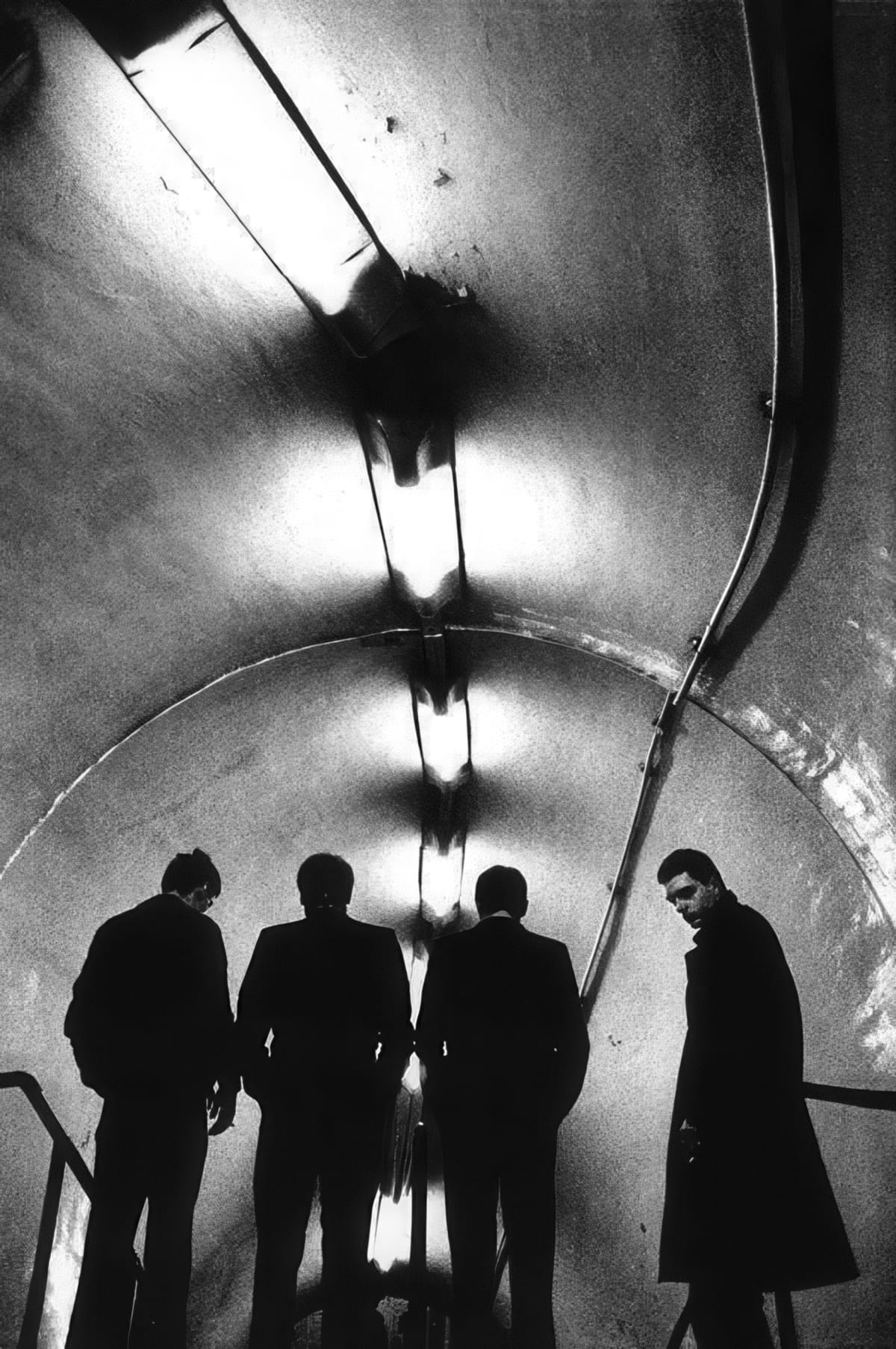
Joy Division by Anton Corbijn (1979)
Having left the Netherlands to pursue a career in music photography, Anton Corbijn cited Joy Division as one of his reasons for choosing England over America. Twelve days after arriving in London, he met the band and convinced them to do a ten-minute photo shoot at Lancaster Gate tube station the next day. Corbjin failed to rouse any interest from editors at The NME with his now Iconic photo, but his dark and gritty style proved popular with the band. It wasn’t until after the suicide of lead singer Ian Curtis (pictured here looking back), less than a year later, that the photo gained momentum. Before long, it was The NME’s front page image. “It gave the photo a certain depth that I myself couldn’t have envisaged,” Corbjin later said. Anton Corbijn would go on to direct the film Control about the life of Ian Curtis.
“My work with [Joy Division] had a lasting impact on me and my trajectory. Thank you, Ian. Thank you, Joy Division.”
Anton Corbijn
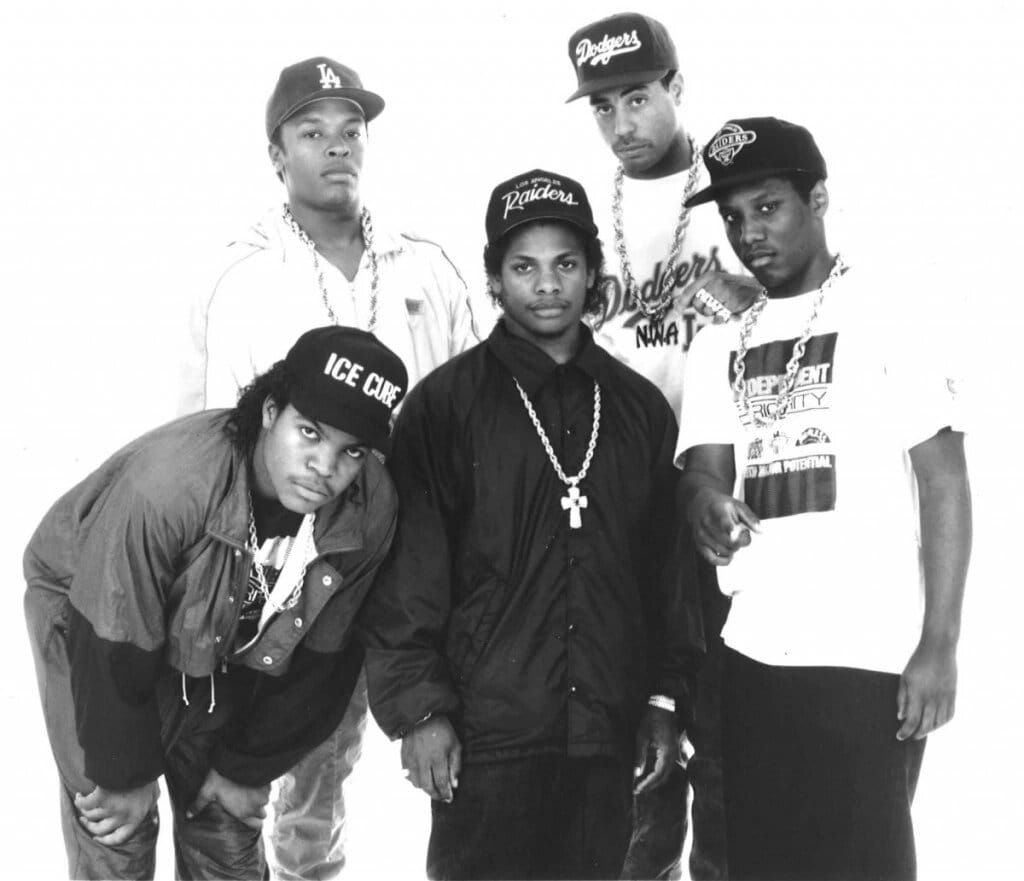
N.W.A by Ithaka Darin Pappas (1988)
This black and white image of N.W.A by Ithaka Darin Pappas has an important place in the history of hip-hop. It depicts the group’s founding members, including Arabian Prince (back right), who left shortly before the release of Straight Outta Compton. With his departure, the photograph, taken in Pappas’ Los Angeles apartment, is one of only a handful to document the early days of the group. Known famously as The Miracle Mile Shot after the area of LA it was taken in, the photo has its own documentary and was later used to inform costumes for the 2015 film about the group in their formative years.
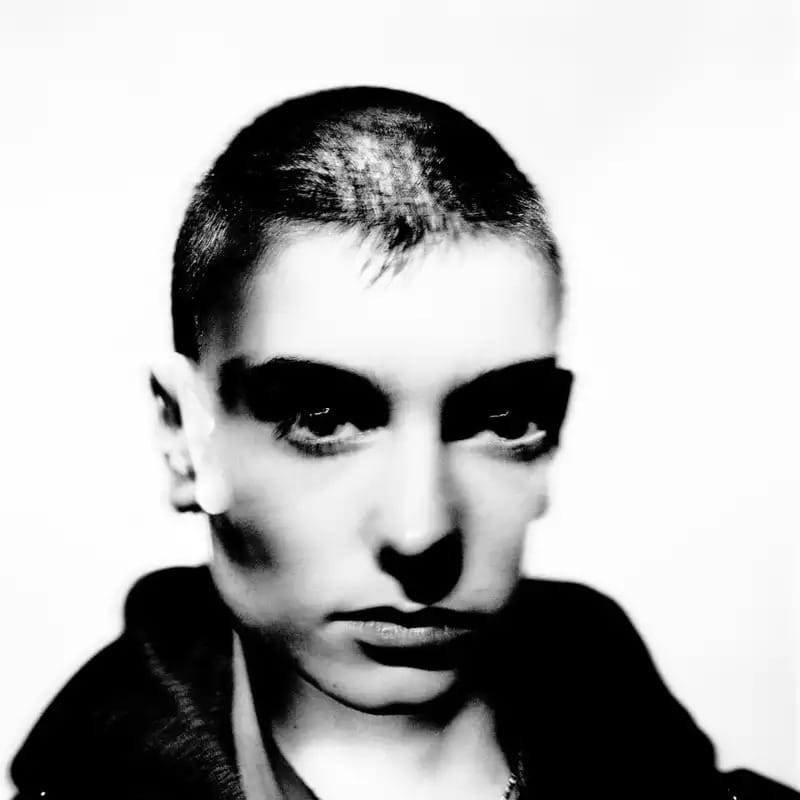
Sinead O'Connor by Anton Corbijn (1990)
Years after first photographing Joy Division, Anton Corbijn applied his now-refined high-contrast style to portraits of many great names in music. This surreal image of Sinéad O'Connor was taken in Dublin in 1990, one of many he took of her throughout her career. Even after colour music photography became the industry standard for magazines, black and white remained Corbijn’s signature look. Corbijn tended to gravitate towards subjects who similarly deviated from the norm. Most recognisable for her appearance, which pushed back against stereotypes of femininity, this portrait evokes O’Connor’s musical themes of heartbreak and emotional vulnerability.
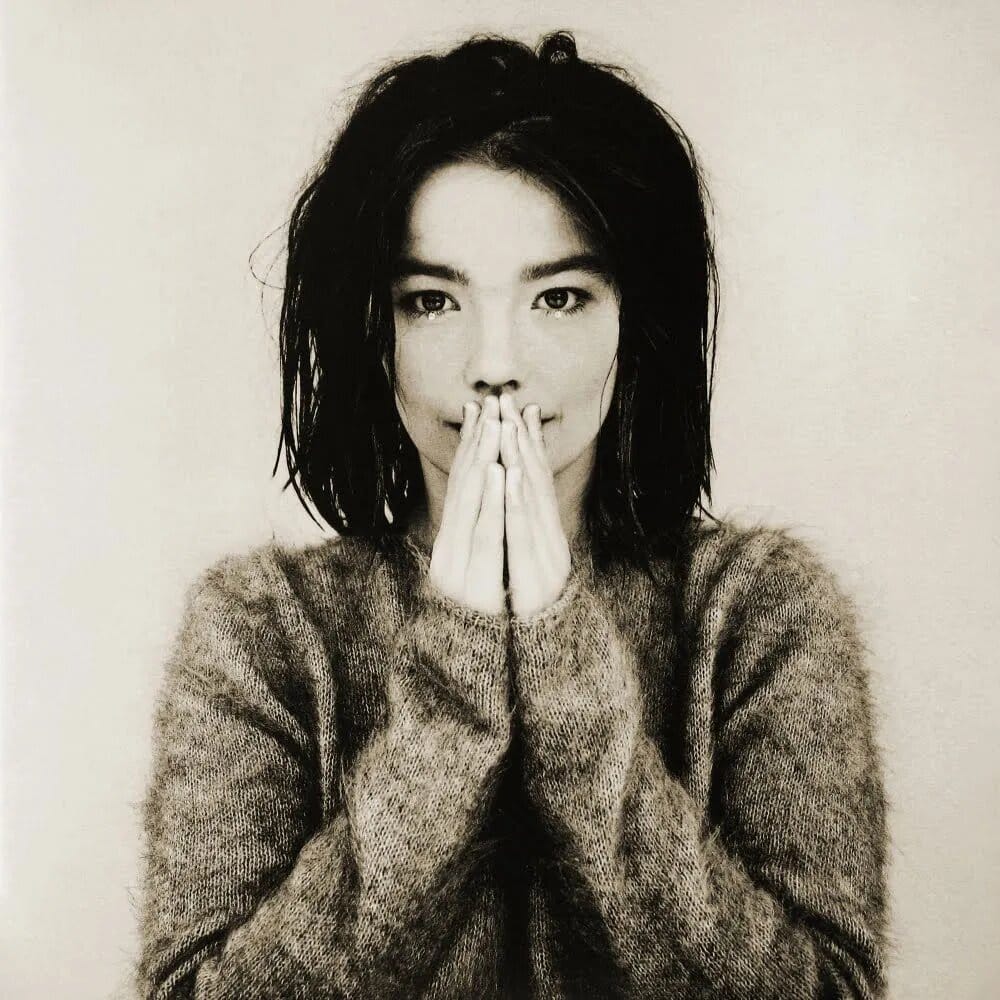
Björk by Jean-Baptiste Mondino (1993)
Possibly the most iconic photograph of Björk was taken by Jean-Baptiste Mondino for the 1993 release of her Debut solo album. The French photographer is known for similarly striking and minimalist portraits of music and fashion. Mondino also directed the video for Björk’s track Violently Happy, which was released the following year.
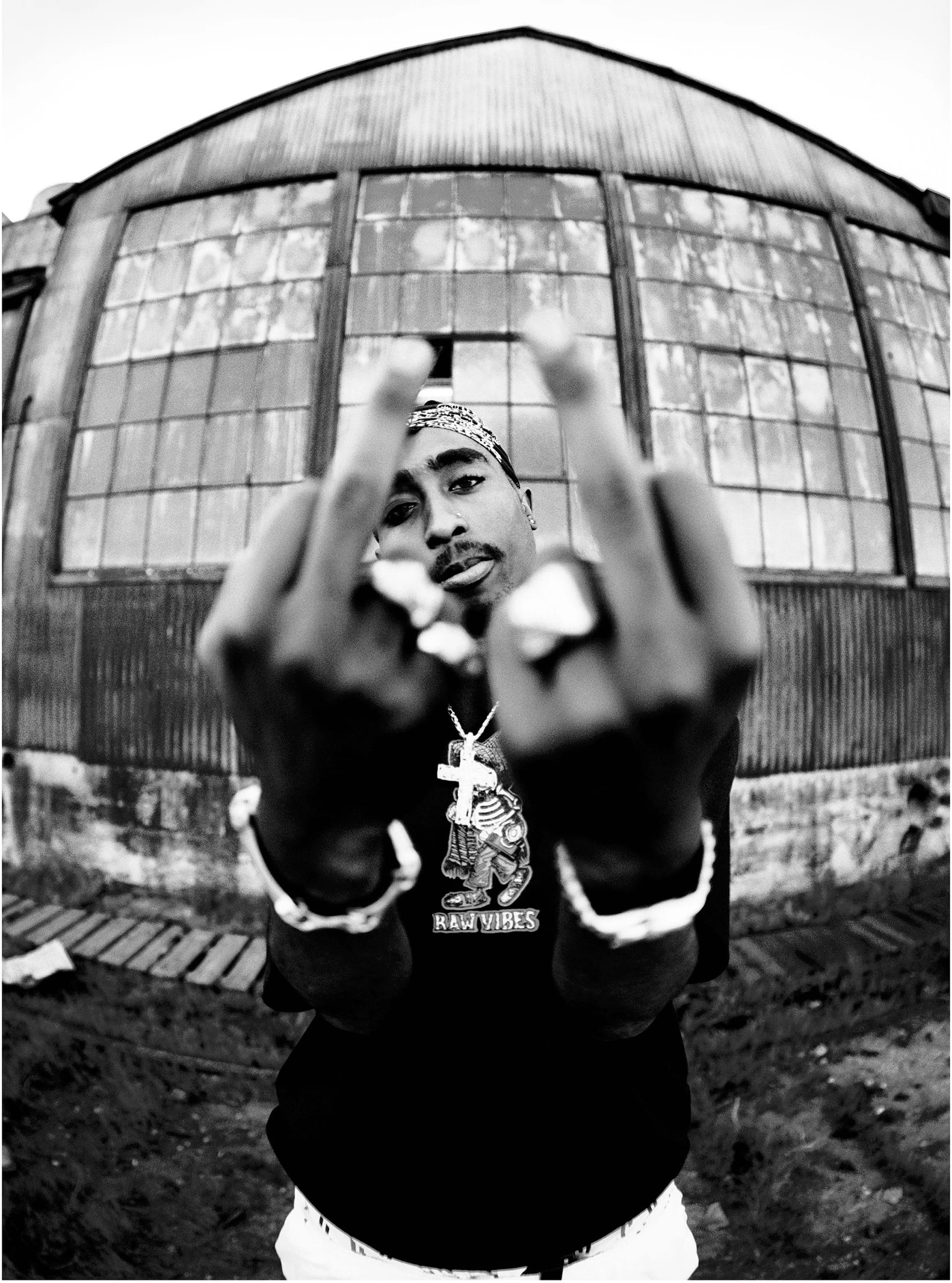
Tupac by Mike Miller (1994)
Of all the photographers who documented the West Coast hip-hop scene, Mike Miller’s work offers one of the most vivid portrayals of its stars from the street to the studio. His photography helped dene the visual identity of legends like Tupac, Snoop Dogg, and Eazy-E. For Miller, the rundown areas of LA became essential backdrops for his work, and before long, he gained a reputation as the go-to guy to make rappers look hard. This image of Tupac was shot in an abandoned train depot and became a defining image for LA Rap.
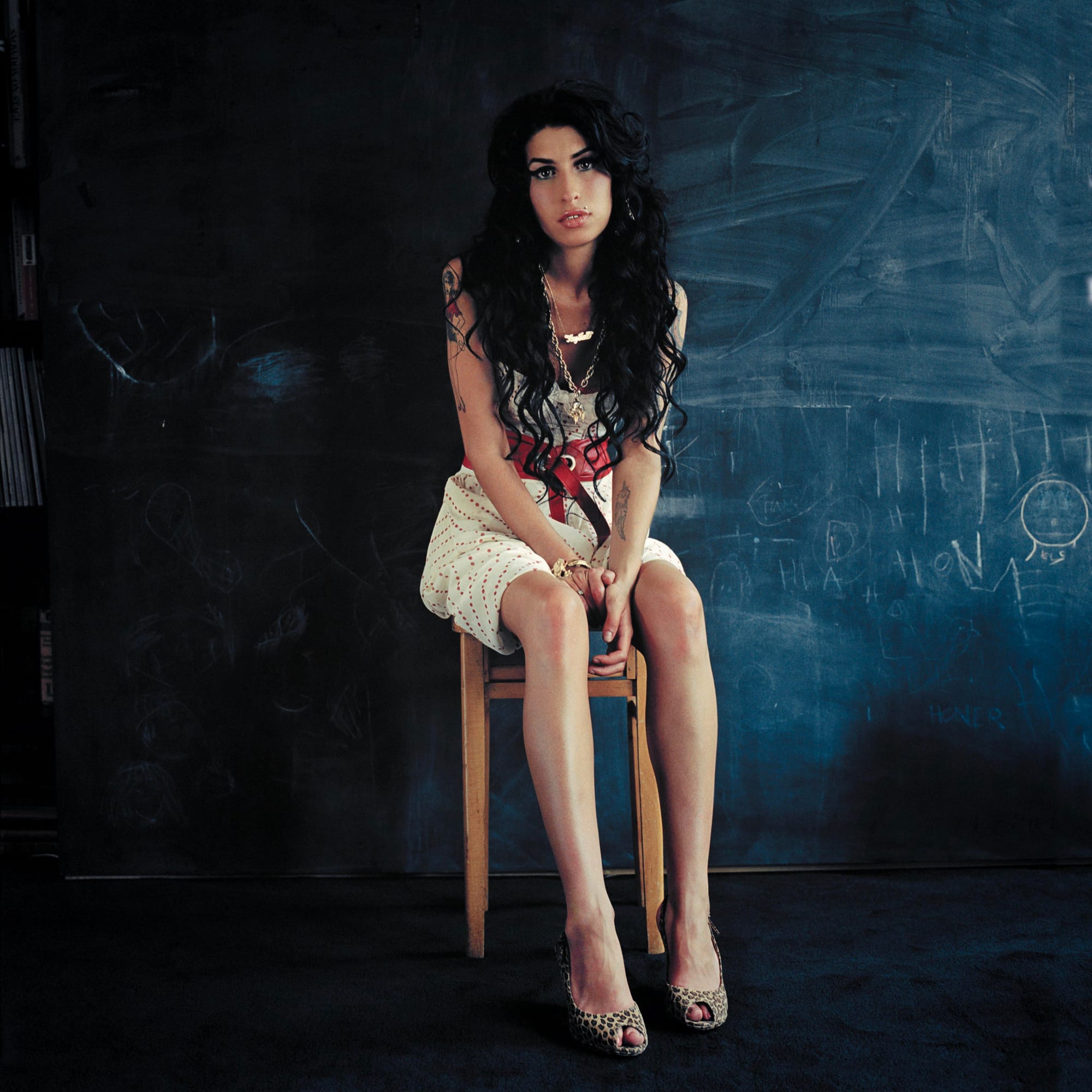
Amy Winehouse by Mischa Richter (2006)
A photo from more recent history, this portrait of Amy Winehouse was shot by Mischa Richter in 2006, but neither originally intended it to be the cover of Back to Black. In an interview with The Guardian, Richter explained the unexpected story behind the now-iconic photo. On the day of the shoot, Amy arrived four hours late after an all-nighter with friends following a wedding the previous day. Despite the lack of sleep, she looks flawless in this shot, which was only later chosen as the album’s cover after the record company noticed that the blackboard behind her in Richter’s house fit perfectly with the album’s title.

Music through the lens...
Go behind the camera of your favourite genres, artists and scenes with a selection of our favourite music photography books at Rough Trade, including exclusive signed editions with bonus material!
Official photographer to music legend David Bowie, Denis O’Regan presents a personal edit from his unrivalled collection of photographs in David Bowie (From the Man Who Photographed Him Most)
Rough Trade Books of the Year 2024 titles: How to Disappear: A Portrait of Radiohead by the band's very own Colin Greenwood and The Cure: Stills by Peter Cox and Nothing to Lose Punk 1970s, A striking visual documentation of the early days of punk by counter-culture artist/photographer and feminist icon Caroline Coon.
The striking Cafe Royal Books collection which we love at Rough Trade, a unique approach to zines making artwork especially accessible to music lovers and a wider audience.
Paul Burgess and Louise Colbourne's visual celebration of Pulp’s sixth album, This Is Hardcore: Hardcore: The Cinematic World of Pulp

